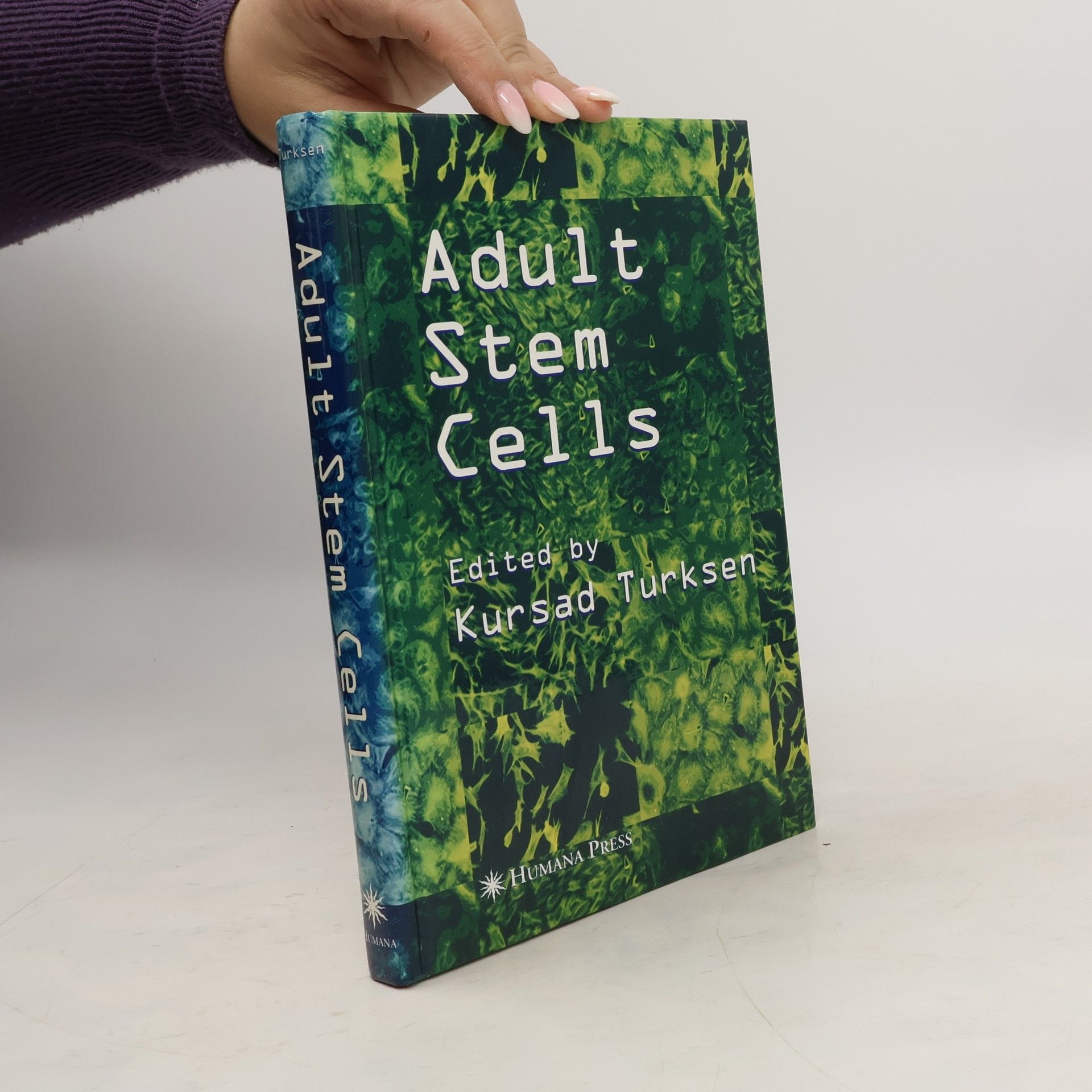Adult Stem Cells
- 368pages
- 13 heures de lecture
The book provides an in-depth analysis of various adult stem cell types, focusing on their derivation, characterization, and applications across multiple tissues, including skeletal muscle and dental pulp. It highlights the plasticity of adult stem cells and their crucial role in maintaining tissue homeostasis. Additionally, the authors explore the potential of these cells in regenerative medicine, making it a valuable resource for understanding their therapeutic applications and biological significance.
